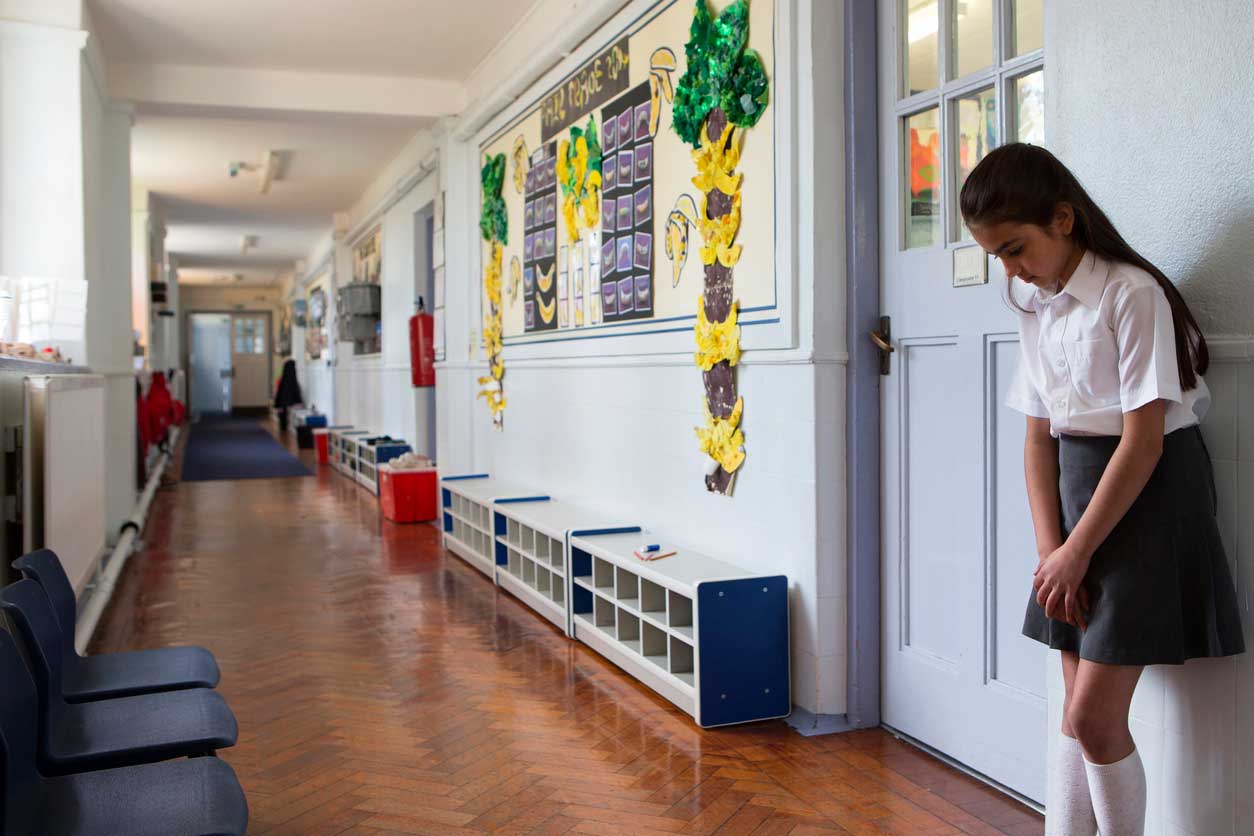

Whenever a student breaks a law, law enforcement officials typically address the legal issues by pressing charges. However, most cases of student misbehavior require school administrators to enact disciplinary measures. Disciplinary measures range from keeping truant students after school to expelling students for committing acts of violence.
The increase in gun violence on school grounds, as well as the issue of illegal drug sales, has received the most attention from school faculty and administrators.
Student codes of conduct differ among the myriad of public school systems that operate within the United States. The consequences of violating one or more of a student code of conduct vary as well. Student codes of conduct represent a contract between students and school administrators. Although typically put in writing, student codes of conduct carry little, if any legal weight inside of a courtroom. The primary objective for establishing a student code of conduct is to follow state and federal legal statutes and prohibit the violation of student Constitutional rights. Violence and bullying are two types of conduct prohibited by state/federal laws and student conduct codes.
Here are some common student codes of conduct that address behavior issues:
School administrators create student codes of conduct for two reasons. First, conduct codes clearly inform students of unacceptable behavior and the punishment options teachers and administrators have to address misbehavior. Second, by creating student conduct codes, schools and school districts establish guidelines that attorneys use to either defend or prosecute students for law breaking behavior. The legal system typically does not get involved in cases of truancy, but cases of violence on school grounds often end up in the hands of prosecutors that present criminal charges. Student codes of conduct generate a structured learning environment where both students and teachers interact by following behavior standards.
Schools have considerable flexibility under education law to punish students for violating codes of conduct. Although most school districts have outlawed physical punishments, teachers and administrators still have powerful tools to reprimand students for misbehavior. Detention, which is the practice of requiring students to remain on campus after school, remains a strong deterrent to prevent violations of student codes of conduct. Other ramifications of violating a student code of conduct include verbal and written warnings, meeting with parents, and as a last resort, school suspension.
School administrators address technology issues that influence how students interact on campus. While disparaging handwritten notes received behavior scrutiny as recently as the 1990s, student interaction issues today mostly involves handling email, cell phone, and social media abuse. The increasing number of schools that provide students with email addresses have made the schools legally liable for any misuse or abuse of electronic communication. Moreover, the prevention of social media harassment has become one of the school focal points to prevent bullying.
Student codes of conduct often present legal issues that require the services of a licensed attorney. If you feel your child has received punishment that is not commensurate with a violation of a student conduct code, contact our law office to speak with an experienced attorney who specializes in education law.